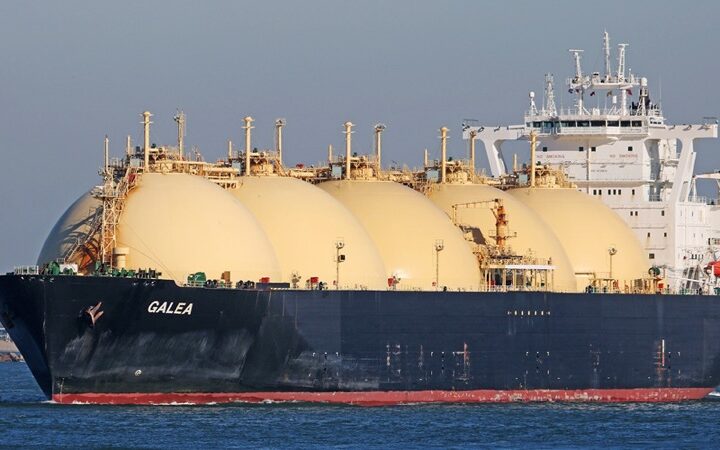.
Marcuard’s Market update by GaveKal Dragonomics
Travelling around Europe in recent weeks, we have been struck by how challenging most investors are finding the unprecedented situation created by the launch of the European Central Bank’s quantitative easing program in the context of negative bond yields in the core eurozone countries. These difficulties stem mainly from the contradiction between investors’ urgent need to reach for yield and the reluctance of local regulators and risk managers to let them take on more risk. It appears that European financial institutions find themselves almost as unprepared for the end of the eurozone’s financial market crisis as they were when it started five years ago. The major implication is that over the coming quarters the enormous pools of dormant liquidity accumulated during the euro crisis are going to flow into eurozone and non-eurozone markets in successive waves. Europe’s liquidity boom has only just begun.
There has always been a huge contradiction between on one hand Basel III plus the EU’s Solvency II provisions—which consider investments in any government bonds in the European Economic Area as good as gold regardless of ratings or other considerations—and on the other hand the absence of a eurozone lender of last resort, which makes government defaults not only possible but even likely. This inconsistency has now been removed, at least for the next couple of years, thanks to ECB’s program of sovereign bond purchases that started this month.
But the financial industry finds itself completely wrong-footed, since over recent years risk managers, national regulators and rating agencies have caused investors dramatically to narrow their investible universe. This narrowing has created huge reservoirs of liquidity held in the so-called safe haven bonds of core Europe—bonds which are now in negative yield territory. This is unsustainable, especially for those insurers and pension funds that have guaranteed minimum returns of 2% or 3% to their clients.
How will the banks, insurers and pensions funds of Europe react to the shock? Their panicked reach for yield has already led to some interesting activity. For example, French insurers are reported to be bidding aggressively for structured credit products involving loans to SMEs, while Italian pension funds are asking the regulator for authorization to buy more US treasury bonds. It is likely that news of this kind will abound over the next few months. One of the most interesting aspects of the game may be played out in the Netherlands. Dutch pension funds and insurers hold almost €1.4trn in bonds and equities, more than a third of which is parked in core eurozone government bonds. Investment in peripheral bonds is still stigmatized by the local regulator, and pension funds are highly sensitive to ratings. The downgrades of Spain, Italy and other fragile countries since 2010 means that 40% of eurozone government debt is now rated below AA grade. Will the Dutch (and other) pension funds have to wait for the notoriously slow rating agencies to upgrade the eurozone’s periphery on the back of improved economic conditions and lower bond yields? And where will they invest in the meantime?
It is almost certain that the expansion of the reach for yield beyond the very long-end of the core eurozone yield curves has only just begun. In Europe’s current economic and monetary environment, there is little reason why Spanish or even Portuguese bonds should yield significantly more than those of the core countries. The reach for yield will most likely extend further to the corporate bond universe, where spreads remain higher than in 2007. But it will also lead investors to the US, the UK, Sweden, Eastern Europe and Turkey. Last but not least, the juicy dividend yields provided by listed equities are now attracting new categories of investors, who are buying dividend only indices.
This eurozone liquidity boom has only just started. Along with the ECB’s daily purchase of bonds through September next year, successive waves of liquidity are going to flow into global markets as eurozone financial institutions open their floodgates one after the other. Under these circumstances, it would be unwise to read too much into relative price movements, such as “cyclicals versus defensives”, or “growth versus value”, as liquidity flows and a panicky reach for yield will dominate.
It would be misleading, however, to conclude that Europe’s current bull market is only liquidity-driven. Firstly, recent indications suggest that some of this liquidity is now going to boost credit growth. Secondly portfolio rebalancing is expected to revive intra-eurozone velocity, after a six-year decline that went a long way to explain the weakness of investment in Europe. And finally, the economic cycle in Europe now seems to be trending firmly upwards, as indicated once again last week by a report showing that at 0.9% YoY in the fourth quarter of last year, employment growth in the eurozone has reached its highest level since 2008.







